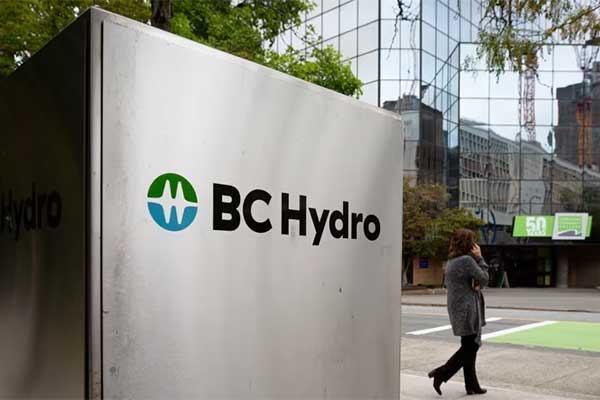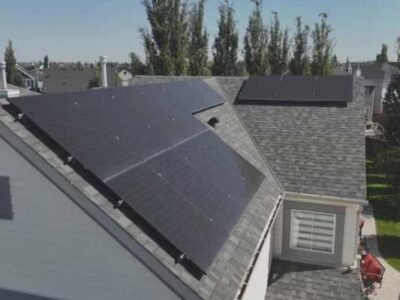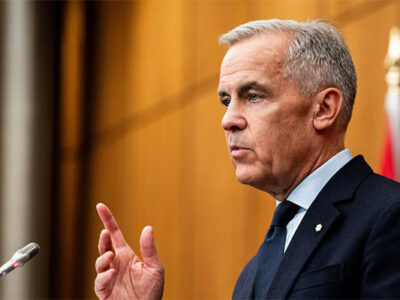- BC Hydro has issued two RFEOIs for firm power generation and scalable energy-efficiency technologies.
- The utility is responding to increasing demand and the impacts of drought, which forced major electricity imports in 2024.
- Long-term plans include new baseload projects, efficiency upgrades, and expanded renewables under the Clean Power Action Plan.
British Columbia (BC) is accelerating efforts to shore up its electricity system as demand for clean, reliable power surges across the province.
BC Hydro has issued two requests for expressions of interest (RFEOIs) as it prepares for a wave of new housing, industrial expansion, and electrification of transportation.
The first request targets new baseload electricity projects—geothermal, hydroelectric, and pumped storage technologies that can deliver firm power year-round, independent of weather conditions. The move comes as BC Hydro seeks to add stability to a grid increasingly reliant on intermittent renewable sources like wind and solar.
“We have a once-in-a-generation opportunity to lead the world in clean energy,” said Energy Minister Adrian Dix. “That means acting with urgency to build capacity while keeping power affordable for everyone.”

British Columbia, Canada’s westernmost province, is defined by its Pacific coastline and mountain ranges. Nature areas like Glacier National Park offer hiking and biking trails, as well as campgrounds. Whistler Blackcomb is a major ski resort that hosted the 2010 Winter Olympics.
British Columbia, traditionally known for its abundant hydroelectric capacity, has been grappling with climate-related volatility.
A prolonged drought forced the province to import 13,600 gigawatt-hours of electricity in 2024—about 22% of its total consumption. Though the province was a net exporter for most of the past 15 years, recent supply constraints have underscored the need to diversify baseload sources.
BC Hydro’s second RFEOI is focused on accelerating energy efficiency.
It seeks partners with ready-to-deploy technologies that help residential and commercial customers reduce electricity consumption. The initiative builds on a $700 million expansion of the utility’s Energy Efficiency Plan, expected to save 2,000 gigawatt-hours annually by 2030—roughly the equivalent of powering 200,000 homes.
The dual-track approach—adding firm generation and cutting demand—is a cornerstone of the utility’s new Clean Power Action Plan.
That strategy includes a separate call for up to 5,000 gigawatt-hours of renewable energy and a $12 million investment in B.C.-based clean tech through the province’s Innovative Clean Energy Fund.
Major supply-side additions are already in progress. The Site C dam, once completed, will increase capacity by 8%, while 10 new wind and solar projects selected in 2024 are expected to power another 500,000 homes.
With both RFEOIs closing in September 2025, BC Hydro is signaling that it wants to build a more resilient and flexible energy system—one that can withstand environmental shocks while supporting growth.
As power consumption rises and decarbonization goals tighten, British Columbia’s energy future will depend not only on how much electricity it can produce, but how smartly it can manage it.













Comments